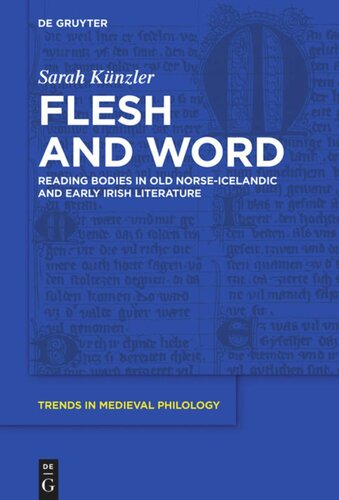

Most ebook files are in PDF format, so you can easily read them using various software such as Foxit Reader or directly on the Google Chrome browser.
Some ebook files are released by publishers in other formats such as .awz, .mobi, .epub, .fb2, etc. You may need to install specific software to read these formats on mobile/PC, such as Calibre.
Please read the tutorial at this link: https://ebookbell.com/faq
We offer FREE conversion to the popular formats you request; however, this may take some time. Therefore, right after payment, please email us, and we will try to provide the service as quickly as possible.
For some exceptional file formats or broken links (if any), please refrain from opening any disputes. Instead, email us first, and we will try to assist within a maximum of 6 hours.
EbookBell Team

0.0
0 reviewsBodies and their role in cultural discourse have been a constant focus in the humanities and social sciences in recent years, but comparatively few studies exist about Old Norse-Icelandic or early Irish literature. This study aims to redress this imbalance and presents carefully contextualised close readings of medieval texts. The chapters focus on the role of bodies in mediality discourse in various contexts: that of identity in relation to ideas about self and other, of inscribed and marked skin and of natural bodily matters such as defecation, urination and menstruation. By carefully discussing the sources in their cultural contexts, it becomes apparent that medieval Scandinavian and early Irish texts present their very own ideas about bodies and their role in structuring the narrated worlds of the texts. The study presents one of the first systematic examinations of bodies in these two literary traditions in terms of body criticism and emphasises the ingenuity and complexity of medieval texts.